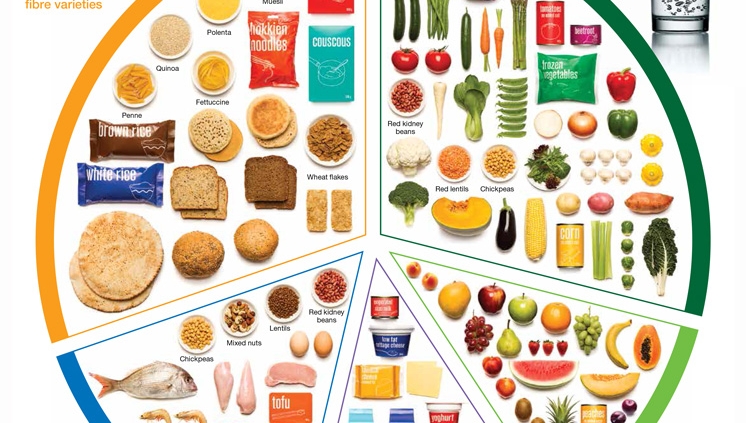
As a Dietitian, I usually talk with parents and families a lot! It’s important to gather in depth detail about a child’s preferred and non-preferred foods, quantities of food eaten, growth patterns, fluid intake and stool patterns (and the list goes on) to conduct a thorough nutritional analysis and provide practical advice. Finding the gaps in a child’s diet to help them grow is like a puzzle and seeing how our advice can fit the pieces together for a family is extremely rewarding.
However, being able to provide practical advice to children and see their independence in the kitchen grow brings a whole other element to my work as a Dietitian. Cooking and being involved in the kitchen can be a fun and exciting way to learn about new foods. For many of the children I work with, they often haven’t been involved in meal preparation and cooking before. As a way to ease them into the kitchen, I start by cooking a familiar meal with them, so that they aren’t overwhelmed by too many new ingredients. From there, we adapt the recipes to introduce new foods based on the food groups that are currently missing from their diet.
As a technique to bring more education into the cooking sessions I provide at Lively Eaters, I work through the Australian Guide to Healthy Eating food wheel with my clients. This improves their understanding of the five food groups (fruits, vegetables, dairy, meat, and wholegrains) and how to use multiple groups within one recipe. Using the food wheel also gives children more choice in what we are cooking whilst developing their understanding of the nutrients we get from each food group. Having a copy of the food wheel in your home can be a helpful way to transition our food therapy goals into your own kitchen. Seeing how quickly children can learn about the importance of nutrition in a practical way is exciting and makes me feel positive for their future food knowledge.
I have learnt a lot from the children I have worked with in the kitchen both individually and through our Food Explorer groups including:
- It doesn’t matter if the recipe isn’t followed exactly! Cooking is all about experimenting. Find what works and what doesn’t. When the recipe doesn’t go to plan, explore with your child why this might have happened. They will learn from the process too!
- Mess is ok! I’m normally quite a tidy person in the kitchen; but working with children has helped me relax and have fun. If half the flour ends up on the floor, oh well! The kids can develop even more skills by helping to clean up at the end.
- Taste everything! It’s interesting to see how mixing coco and sugar together makes it taste like chocolate. Or how flour tastes very bland on its own, but when mixed with some butter it looks and tastes completely different. If a child wants to taste the butter on its own; let them! At the end of the day, it’s all about exploring each food element to build up their confidence in trying the finished product.
The more you can involve your children in the kitchen, the more they will learn and develop. Remember that every child is different and having them involved within their comfort levels is also important to consider. I hope you can feel confident to explore foods within your child’s limits and know that we’re here to provide advice if needed!
Happy cooking!
Alice (Paediatric Dietitian)
References: https://www.eatforhealth.gov.au/guidelines/australian-guide-healthy-eating




